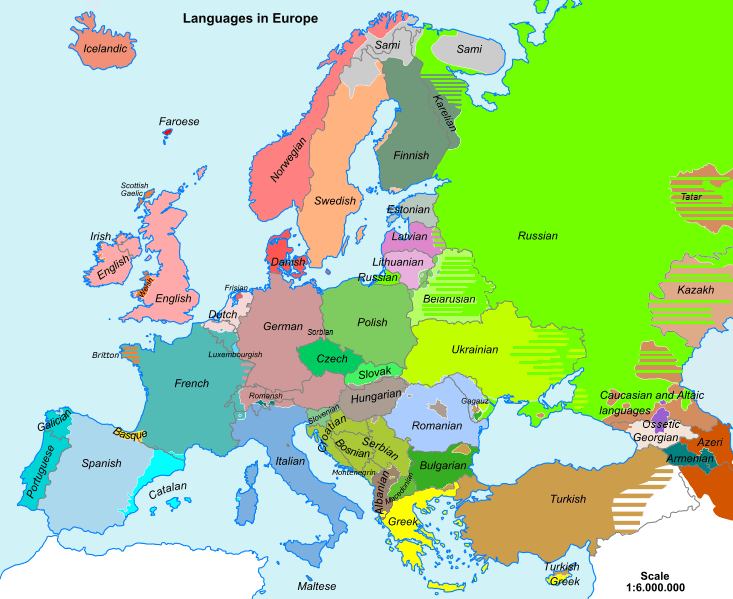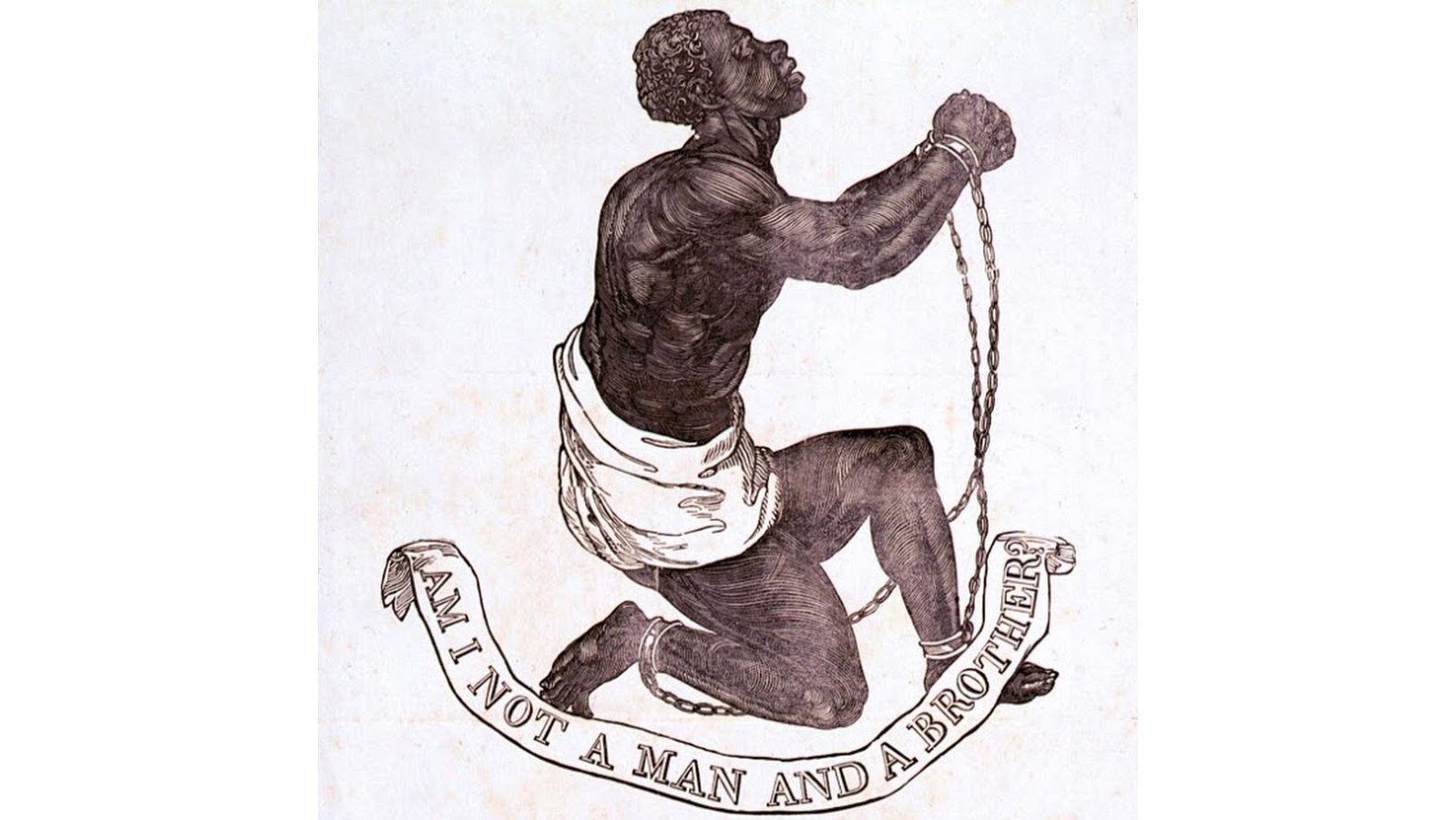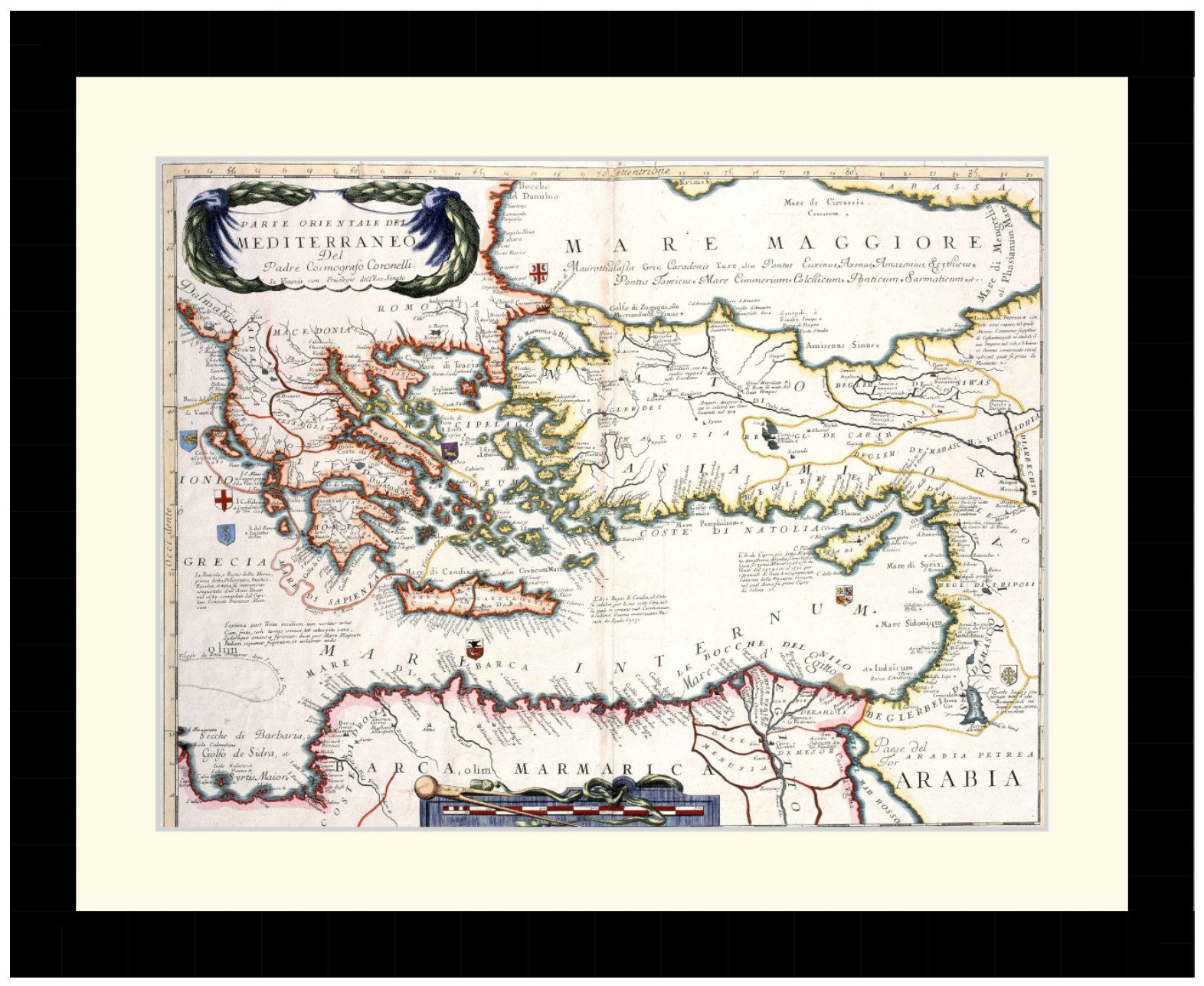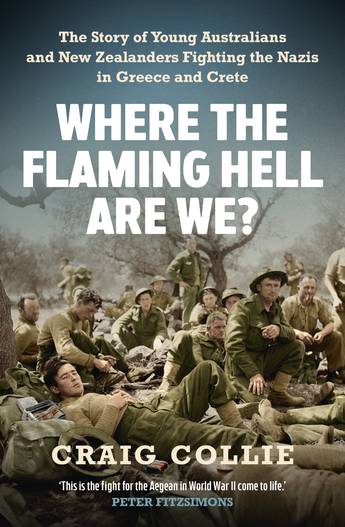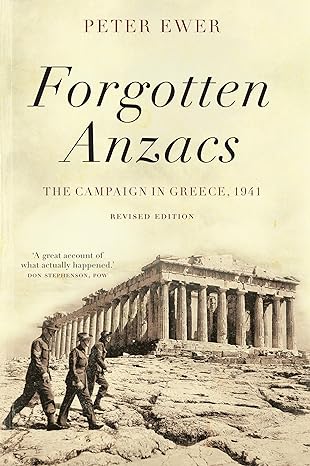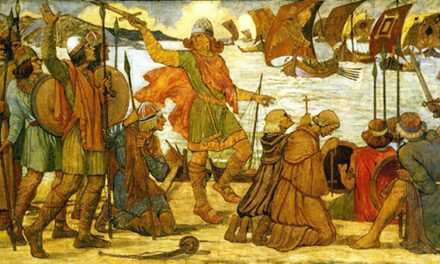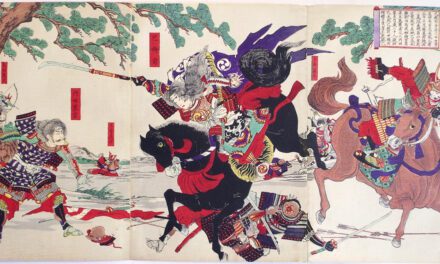THE CONQUERORS PERSPECTIVE: WHY EUROPE HAS SO MANY DIFFERENT LANGUAGES
History is typically told from the winner’s perspective. In the case of Europe’s many different languages, it turns out that history is generally spoken in the winner’s language as well.
Reading time: 8 minutes
By Seth Davis

White labels indicate categories / un-attested proto-languages. World History Encyclopedia.
The Indo-European language family stretches far and wide and covers the languages spoken by most Europeans in the past and the present. Hungarian, Finnish, and Estonian people are the main exceptions to the rule, they are members of the Finno-Ugric language family. Hungarians and Finns find their lineage from the last invaders from the East, from Asia. In 1786, Sir William Jones of England found a link between Greek, Persian, Latin, and Sanskrit. Instead of seeing these languages as separate entities, he is credited with being the first person to notice a resemblance and tie them to the same language family. Throughout time, many languages in Europe were spread through imperial empires. Greek and Persian languages ruled the area South of the Balkans. Latin became the primary language for Western Europe until the Early Modern Period (1450-1800). All of the major languages of Europe were allowed to flourish through the use of imperial might. In Europe, if you had a first-rate military and an empire to patrol, your language in all likelihood flourished along with it.
Before the Greeks
Early in history we don’t know what languages were spoken, as we don’t have written accounts that allow us to determine what languages were being used. The Aryans are the first people where we have accounts of their language, which was Sanskrit. The first record of Sanskrit comes from the second millennium BCE and Sanskrit is what the ancient Hindu texts are written in. The little that archaeologists understand from this time period is that the Aryans came as conquerors between 2000-1500 BCE. When the Aryans conquered Northern India, Sanskrit became the language of the land. However, because of new evidence and suggestions, archaeologists are beginning to challenge this belief. Irrespective, this is where the Indo-European family tree begins.
The Greeks
Greek is one of the earliest recorded Indo-European languages. The Greeks had vast colonies throughout the Mediterranean between the years 800-150 BCE. Phoenician sailors in the Mediterranean created the alphabet the Greeks used. The Greek conquerors spread this alphabet to Western Asia Minor, Southern Italy, and parts of Northern Africa. Their alphabet touched portions of Southern France and Spain. The Greeks had well-established trade routes throughout the Mediterranean and their language is what they used to spread ideas along these routes. When Alexander the Great conquered the Greek city-states and began his empire, he spread Greek influence to the far reaches of Afghanistan and the Indus River Valley. Greek is one of the first languages to appear throughout history through civilizations that spoke Greek, who were the conquerors. Similar to the Persians to the East, Greek colonies assimilated with what the empire was speaking at the time.
The Romans
When the Greek Empire fell to the Romans circa 150 BCE, so too did the hegemony of the Greek language. Before the Roman Empire ruled throughout Europe, Celtic languages dominated western Europe. Greek dominated the east, near the Mediterranean. Romans conquered Europe and imposed Latin as the lingua franca of Europe. Spain was quick to catch on, but it was adopted much more slowly in the far reaches of the empire such as Gaul and the present-day United Kingdom. Greek did not disappear, however. Greek was still spoken extensively in areas south of the Balkans and in the eastern Mediterranean. Greek would remain a large part of the language base in this area until Islamic Conquest in the middle 1400’s. A uniform Latin was created through the might of the Roman military. If residents of Roman territory wanted to join the army, understand Roman texts, or trade with Romans they had to understand Roman Latin. Once the Roman Empire declined there was no structure to hold that form of Latin in place. Latin is the closest Europe ever came to having a true lingua franca, a bridge, or a common language.
The Romans created a large empire, arguably the greatest that the world has ever seen. Since the Roman Empire was so vast, dialects of Latin quickly sprang up, such as Vulgar Latin. Classical Latin is what was used when writing whereas Vulgar Latin was the version of Latin that was spoken. This spoken dialect could vary throughout the Roman Empire. There was a distinct variant of Vulgar Latin spoken by Roman North Africans. Augustine of Hippo, a bishop from Numidia, remarked that he was still “criticised by the Italians” for his pronunciation, while he himself often found fault with theirs. North African Roman Emperor Septimius Severus is said to have retained an African accent until old age.
As the Roman Empire began to fall in 470 CE, a uniform Latin language did as well. Dialects sprang up all across the former Roman Empire. These dialects grew more and more distant as time grew on. Today, Latin is the precursor language of Spanish, French, Italian, and Portuguese. These languages are known as the Romance Languages and they are spoken widely throughout Europe. English is not a Romance Language, it is a Germanic language, or a language derived from Northern Europe. However, sixty percent of English words are still derived from Latin roots. The Roman Empire left a linguistic footprint on all of Europe through military conquest. This footprint is still seen today in the languages spoken in Europe.
The Early Medieval
After the fall of the Roman Empire, Germanic warlords took a foothold in areas throughout Europe. Their linguistics varied widely, refer to the table above under “Germanic.” During this period, Latin disappears from present-day Britain and Germany. Latin finds a true home in Italy. Frankish Warlords of the period find that Latin was hard to learn. Instead, they created different dialects that eventually become French. French is related to Latin, but it is extremely distant from what Latin was supposed to be. Since there is no empire to follow anymore, many people lived in isolation during this time. Hundreds of vernacular differences developed. Religious churchgoers of the period did not understand the prayers that the priest was praying. Peasants were taught the prayers in Latin, a language they did not understand. They would recite the prayers, paying little attention to what the words actually meant. Western Europe was at a divide between Romance languages and, their Indo-European counterpart, Germanic languages. To further confuse the language dilemma in Europe, an Islamic Emirate was founded in Spain and the Spanish adopted Arabic as their language. This adoption of Arabic heavily affects Mediterranean islands such as Malta and Sicily. Slavic conquerors in the East threaten German hegemony in Central Europe, but the Germans eventually push them back. Nevertheless, Slavic languages, yet another branch of the Indo-European language family, continue to rule Eastern Europe and will continue to rule Eastern Europe until the 20th Century. Instead of pushing towards Italy, Slavic conquerors find a home in Constantinople and adopt the Cyrillic Script, which becomes the first Slavic written language. People from present-day Poland and Croatia adopt the Latin alphabet, furthering the language divide in parts of Eastern Europe. True Latin speakers held out in secular parts of Eastern Europe during Slavic dominance. Today, we call these people Romanians. Anglo-Saxons, who sailed from Germany to conquer England, are the closest relative English speakers of the period. By the end of the Dark Ages, near the year 1000, Frenchman, Spaniards, and Italians alike begin understanding that their languages were different than Latin. The Dark Ages were a time of partition among European nations when it came to language. The Dark Ages, and all the vernaculars that were created during the Dark Ages, are a large reason why Europe has so many different languages today.
The High Medieval
The High Medieval began around the time of the Norman Conquest of 1066, which imposed French as the language of the elite in England. Lower-class citizens spoke English, but French was used in all legal documents and spoken by the nobility until the late 18th century. French eventually declines, but this period is the reason why sixty percent of English has Latin roots. Latin remained the language of learning. This is due to the nostalgia that Europe has for Roman texts and philosophy at the beginning of the period. Towards the end of the period, Europe loses this nostalgia for Rome as more texts are written in local spoken languages. This is demonstrated by the works of Dante, a Tuscan poet. His works are from this period and provided a precedent that important writers did not need to write in Latin.
In the East, Ottoman armies sacked Constantinople in 1453, conquering an empire that stretched from modern-day Austria to Iraq. The Ottomans were hands-off imperialists, ruling through local elites. Their language left little footprint on the areas in which they conquered.
The Modern Period
The Early Modern period is characterised by languages becoming similar to their modern form. Enlightenment Philosophers of the time begin writing and speaking in four major languages: French, Italian, English, and German. The Bible is translated into the local language from Latin in this period. It was French, however, that gained ascendency over other European languages during this time, in some ways replacing the role of Latin. It was the language of elite and noble Europeans from London to Saint Petersburg.
Today, German, English, and French are all used and spoken fluently throughout Western Europe. In Eastern Europe, Russian has become the most frequently spoken language, but often as a second language. Through modern history Europeans have often been the conquerors, exporting their language to other places. This is how we came to the present day, where over 1.3 billion people speak English and over 500 million speak Spanish.
Podcasts about this topic
Articles you may also like
The text of this article was commissioned by History Guild as part of our work to improve historical literacy. If you would like to reproduce it please get in touch via this form.

